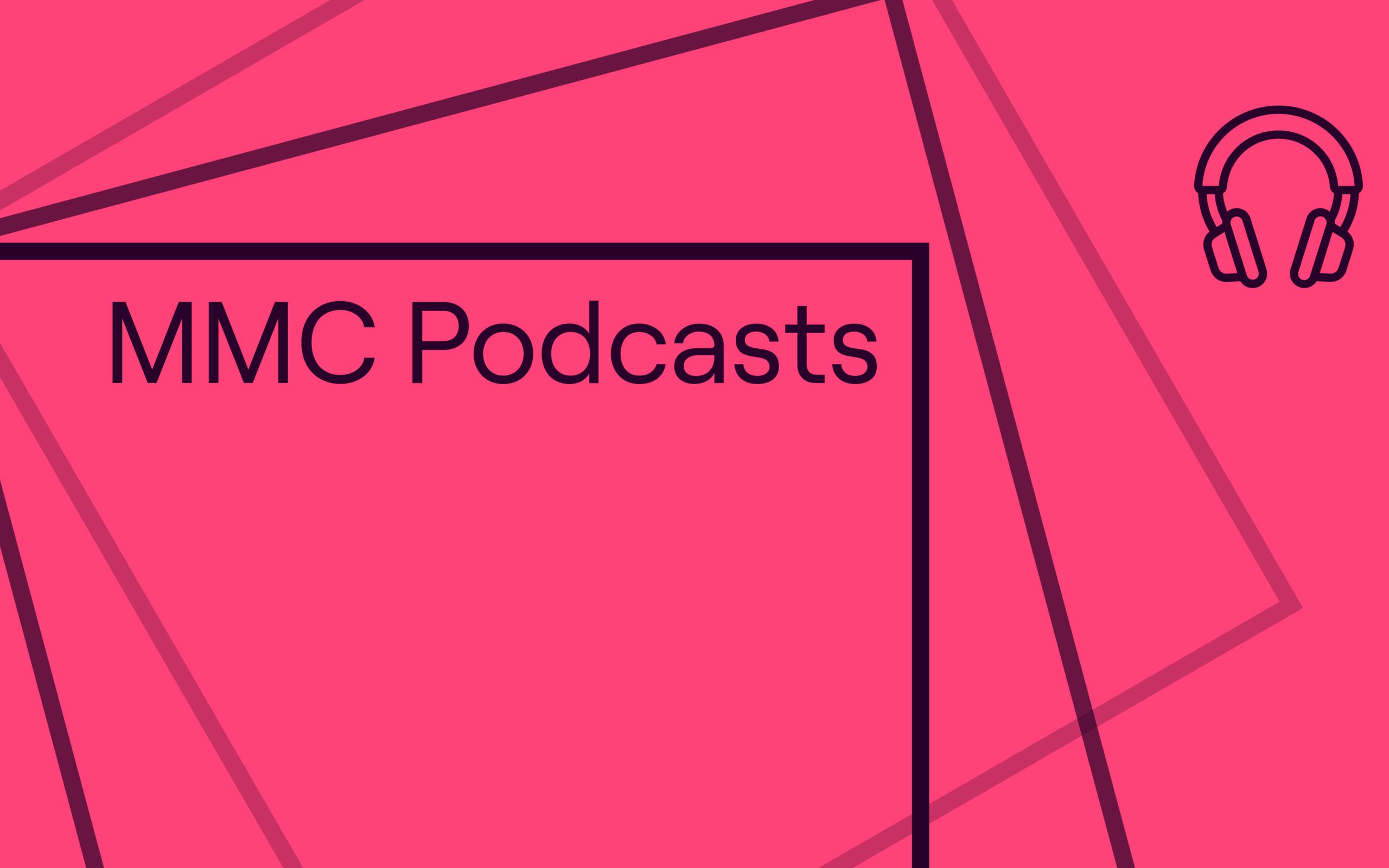As an investor with a soft spot for innovative B2C companies, I recently spent a few months at the data science-powered, meal kit manufacturer Gousto. I’ve summarised my takeaways below for early-stage founders (or others) who’d like to better understand some of the core ingredients in their growth recipe.
TL;DR
- Enabling teams with data: invest in data accessibility; integrate commercially-minded central functions
- ‘Seeing around corners’: predictability of customer acquisition; pre-mortems; inter-company p2p learning
- Avoiding competition and maintaining PMF: product complexity + large market reduces competition; focus on enabling longer-term USPs; revisit historical product assumptions; good user research cadence
- Working on the right things: frameworks to highlight pipeline gaps; calibrate team before prioritising initiatives; opportunities in free-text data
- People & culture: align teams through repetition; ‘growing’ talent internally — an underrated superpower; give home-grown talent role models to emulate
Get in touch if you’re a product-led founder with a massive vision to enhance the way we live, play, or work.
Before launching our latest Pre/Seed fund last year, MMC began looking for atypical opportunities to allow team members to immerse themselves into specific areas of interest. If you know anything about me, you’ll know that this area has always been Consumer Tech — whether that be Marketplaces, Digital Apps/Services, D2C, indirect enablers, whatever. Going back over to the startup side of the table — to a company at a different stage of its scaling journey than I’d previously experienced — felt like a great way to build on my ability to be a solid partner to emerging Consumer Tech leaders.
Ultimately we landed on Gousto, the AI-powered meal-kit giant who has now grown to be the largest UK player, delivering 4 million meals monthly to its >400k customers. Spending around 4 months there, I worked primarily with the burgeoning Growth team. Through designing and running a variety of user experiments across Onboarding, In-Life, Referrals and Reactivation, they spearhead Gousto’s customer retention efforts. We first backed CEO Timo in his 2013 Seed round and the company has gone from strength to strength, most recently raising an additional £33m to drive forward on their mission to become the UK’s most loved way to eat dinner.
For those not familiar with Gousto, take a look at their recent ATL campaign. Go on, give it some!
Now for the takeaways…
Enabling teams to make better decisions:
- Removing barriers to accessing data helps the team make great autonomous decisions. As an org grows, leadership becomes far removed from granular signals in the business. Truly ‘data-driven’ companies (a great trait for consumer companies with thousands of customers with varying needs) should ensure key dashboards AND the underlying data are available for all staff who could use them to achieve better outcomes in their functions. Upskilling teams (e.g. with basic SQL training) might also be necessary so they’re self-sufficient in finding what they need.
- Commercially-minded support functions elevate the quality of these decisions. The access described above is a level 1 solution, but access to Analytics and Data teams can help to answer increasingly difficult questions (e.g. the effect of seasonality and how that should influence your Performance Marketing’s acceptable CAC thresholds). Integrate these teams into key meetings, and don’t treat them like an add-on. Gousto’s Finance team, for example, doesn’t just keep accounts in check and provide projections. They understand each team’s commercial objectives and the implications of the decisions they permit. Aim for a ‘yes, if’ and not a ‘no, we can’t’ Finance team.
Seeing around corners and planning for tomorrow:
- Increasing acquisition predictability tightens up all-round planning. The Finance team (remember the commercially-minded one I told you about?) runs a very tight forecasting process, with acquisition numbers adjusted multiple times weekly based on live channel analytics. This real-time view helps Gousto make more sound decisions in several areas, from how to maximise marketing spend on the front end to planning fulfillment centre capacity (and achieving great fulfillment pricing) on the back-end.
- Pre-mortems identify, track and neutralise potential assassins (sorry, I just finished Peaky Blinders). Focus attention on the things that really matter for survival by conducting periodic pre-mortems. Take a negative outcome (e.g. the ‘Growth team fails to hit its 52-week retention uplift target of X% in 2020’), assemble the right people and brainstorm the hell out of potential causes. Categorise them into key themes. Put action plans in place based on the likelihood of them happening and review frequently.
- Meeting counterparts from other companies provides a fresh view. Being pioneers in a space, many unknown unknowns await. That’s daunting. Hypothesising can be useful, but sometimes it’s more efficient to get more seasoned people around the table. Leadership gets this from the board, but the mentality at Gousto is for all teams to collaborate frequently with other scale-ups to help each other level-up. Meeting regularly to share advancements, critique new approaches and trade notes is a valuable, low effort way to get great advice on breaking through tough obstacles.
Avoiding competition and retaining product-market-fit:
- ‘Product complexity’ + ‘huge market’ helps avoid ‘competition’. Gousto wasn’t the UK’s first meal-kit provider, but now it’s the biggest. The founders correctly predicted that due to the size of the food market, an increasing consumer desire for convenience and early success of digital-first food businesses like Ocado, this category would become large enough to accommodate many big players. But this isn’t true for all large markets, and complexity can be the difference. Complexity clears out much of the competition but is a huge advantage for those that navigate it. Many of the ‘no’s we give to B2C startups is due to the absence of sufficient complexity.
- But know how you win in the future. What will your customers demand in 10 years, and what must you do now to ensure your proposition will also outperform then? Gousto bet on building a robust Data Science layer to tackle Choice and Convenience, the 2 things customers care about most when buying food. They used this layer to build a flexible logistics operation that enables scale, speed and ingredient customisation. Today, that bet has given the Gousto customer 2x the number of menu choices as competitors, faster delivery and a lower price per box. These benefits will only be amplified with time.
- Revisit old product assumptions as your customer base grows. As you grow, you’ll realise that newer customers are harder to acquire and retain than the earliest adopters. Now’s a great time to revisit existing product assumptions, from the proposition itself to the clarity of message and flow of the interface. Despite the exceptional growth, Gousto is currently ripping its Onboarding flow to shreds to ensure it’s still fit for purpose and guides users seamlessly through today’s more varied offering.
Product-feature lifecycle and working on the right things:
- Have a framework to highlight gaps in your product pipeline. Any business can be thought of as a set of individual products, features or activities, and each of these should be managed differently depending on their maturity, value potential and the likelihood of success. In parts of Gousto, the above framework is used to help understand which initiatives contribute to today’s value, where tomorrow’s is likely to come from, and what needs to be done to ensure enough items exist in each section.
- Before prioritising initiatives to pursue, get the team onto the same page. Many teams use ICE or some other prioritisation framework to rank initiatives based on the average score each receives from multiple contributors. A huge problem can arrive though when contributors are judging by different criteria. Calibrating with the team in advance makes the output more meaningful.
- Free-text data contain many uncovered gems of opportunity. Customer care tickets & NPS comments immediately spring to mind here. Given we’re usually moving at 100mph, it’s easiest to opt for the easily manipulable quantitative data and nice summary charts when new data become available. It’s probably the right move in the first instance, but there’s a lot more nuanced insight to gain with this extra work.
People, culture and the org mindset:
- Repeat important messages often to gain internal alignment. Halfway through my time at the company, sitting through a Product all-hands, the leader kicked off by restating Gousto’s 3 top-level KPI targets. “Wait”, I thought. “If I now know this like the back of my hand and I’m the newest here, surely no-one else needs reminding?”. But that’s the point. Stating this at every opportunity means nobody gets the chance to forget. It sticks, and everyone can use these as north stars when making daily decisions.
- Growing your own talent internally is an underrated superpower. Some roles need experienced personnel, but finding that talent is hard and costs valuable execution time. Understand where this experience isn’t necessary & bring on talented ‘stem cells’ instead. From an ROI perspective, employees like this pay back several times over before many seasoned pros are needed.
- ‘Home-grown talent’ needs the right role models to emulate. Less-tenured colleagues are more likely to be moulded by the environment and culture around them. Many of my colleagues at Gousto — both senior and junior — were able to point to a specific person that was pivotal in their decision to join and remain at the company. Are there enough of these in your org taking others under their wing? Or will staff move on as soon as more inspiring leadership comes knocking?
Many of these points have enhanced or reinforced the list of things I look for when assessing new companies, while others I’ll be using to better challenge the companies I support today. For founders, hopefully the above provides a useful perspective along your own journey.
Also, the Gousto team does a ton of amazing writing. You can read about more of their work here.
***
I’m always on the lookout for product-first companies that enhance the way we live, play and work. Whether you’re building an innovative product/service or providing the underlying infrastructure that makes their existence possible, please get in touch.
About me
I’m an investor at MMC, a research-led VC fund with an active portfolio of 60+ early-stage technology companies. Operating since 2000, we have one of the largest SaaS portfolios in Europe and have backed many B2C category leaders on their scaling journey, including Gousto, Lookiero, Bloom & Wild & Interactive Investor.
I began my career qualifying as a doctor with an MBBS from King’s College London, before going on to lead teams in early-stage emerging market businesses. Before joining MMC I spent 2 years at BCG London, where I worked on big data, analytics and strategy engagements for Consumer & Retail and MedTech clients.
Twitter: @delsakin







